Musical Heritage of India
Music in various folk art forms play an important role in the life of people. It provides the best medium to express their feelings and emotions through these folk art forms. Folklore study comprises of music, songs, dances, dramas, art forms, ballads and musical instruments used for accompanying these folk art forms. The cultural diversity, the staggering multiplicity of races, the linguistic and ethnic groups, religious and social organizations, agricultural practices, fairs, festivals and seasons account for an incomparable richness of folk traditions in India. These rich, complex, multilayered and multidimensional folk traditions have given place to many sophisticated classical forms. They have all co-existed interdependent and are interrelated. These forms embody man's innate universal desire to express his joys and sorrows. In spite of great variation and multiplicity of themes, forms and styles, folk traditions continue to be distinct category characterized by the overwhelming quality of spontaneity of participation of everyone without an artificial barrier between the actors, performers and the audience. India has great varieties and differences in both its land and people. India's varied and beautiful landscape includes deserts, tropical forests and low lands, mighty rivers and fertile plains. The people of India belong to many ethnic groups and religions. They speak 18 major languages and more than 1000 minor languages and dialects. Many ways of life in India have stayed the same for hundred of years. The ancient customs may be seen side by side with latest developments in science and technology. Folk music is the oldest form for expressing the feelings of the people. Scholars opine that Indian classical Ragas have originated from the folk tunes. As the language forms the local dialect, in the same manner, the classical Ragas have developed through folk tunes. The ultimate relationship between life and music is depicted through folk music. Folk music is the true reflection of the life of the people. Their various activities and phases of life are depicted in their songs, tunes and rhythm. Many emotions and feelings as love, devotion, affection, lamentation, sadness, joy, sorrow, separation, pleasure, etc. have been expressed through songs, dance and music first emerged as part of festivals and religious worship and dramatic arts in India. The oldest archaeological avidence of dance exists in the form of paintings and sculptures dating back from about 2500 B.C. Because of their close links with religious and rituals, dances are mentioned in the Vedas. The subject of many dances are still being drawn from epics such as Ramayana and Mahabharata. The Indian sub-continent, despite its many separate States, the folk arts of the region show remarkable unity across both space and time. One unifying factor has been the blending of immigrant population. Another unifying factor is that India art, from most of the areas and periods is largely based on religion. It is a single most important link between the various segments of people and their religion. The poignant pathos of forbidden love, the whispering of life and all other subtle emotions are contained in the verses, which are often sung in all the parts of the country. India is a land steeped in folklore. With its ancient civilization, rich cultural heritage, myths, legends, folk-world would come to the level of Indian folklore in their richness, depth and wisdom. All literature, oral or written, springs from life, but oral literature is a better projection of the innermost recesses of the socio-cultural life of a society and its traditions, customs, social values, rites and rituals. There has been an easy mobility of folklore through pilgrimages, fairs, festivals, rituals and wandering minstrels, sadhus, saints and faqirs. They have played an important role in disseminating these throughout the length and breath of this country. People of the North visiting the temples in the South and vice-versa carry their folk tales, folk songs, riddles and proverbs with them and there is conspicuous integration. Thus, we find a common pattern in folk literature of different regions from Kashmir to Kanyakumari, of course, with slight regional variations. They are handed over from one generation to another through oral tradition. The grandeur of India depends upon the fact that our culture is composed of so many strands, so many races, so many communities, that have contributed to make our culture what it is and the folk media represent that culture. It is a matter of great concern that folk culture is dying under the forces of development, urbanization and modernization. Moreover, the technological advances and revolution in electronics have contributed much in corrupting the folk culture. Thus, there is a great need to preserve, document and protect our rich cultural heritage. To get fully acquainted with the essence of folklore, the different areas of folklore must be explored. Musical features, melody and rhythm from the essential part of the rich cultural milieus. This book presents the musical heritage of folk songs, folk musical instruments, folk dances, folk drama, folk ballads, folk art forms of 29 states of India. It is hoped that this attempt will prove worthy of its cause and will serve as a guideline for the researchers, scholars and readers to acquaint themselves with the folk traditions of India.
Get it now and save 10%
BECOME A MEMBER

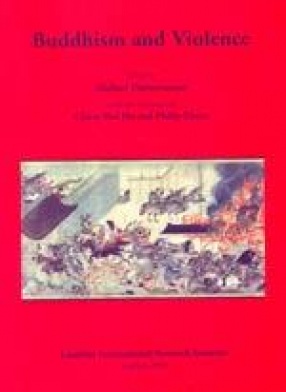
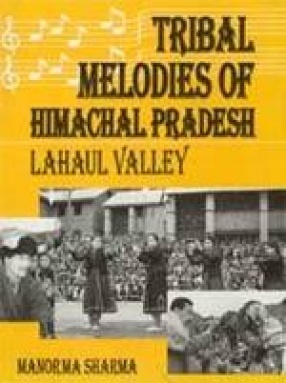
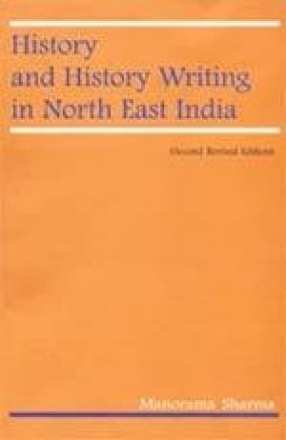

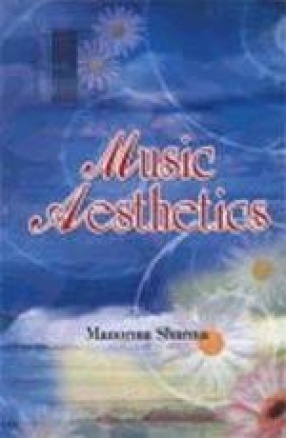
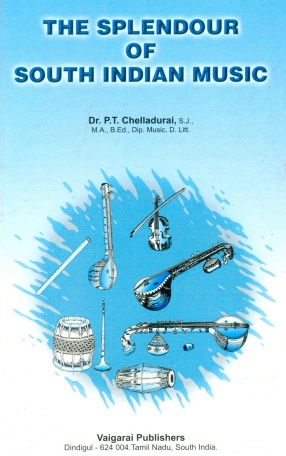
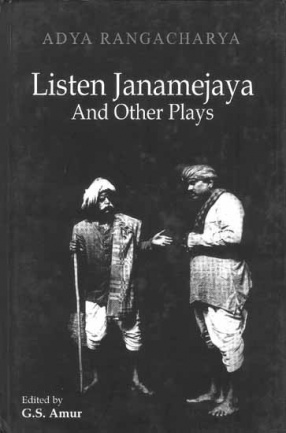
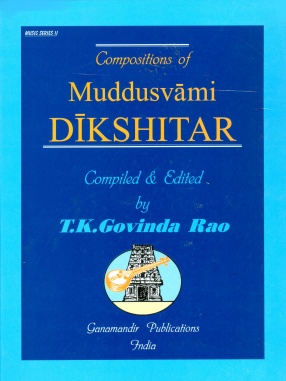
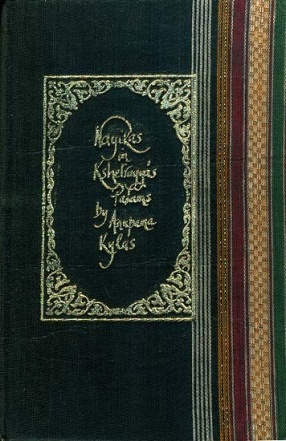

Bibliographic information